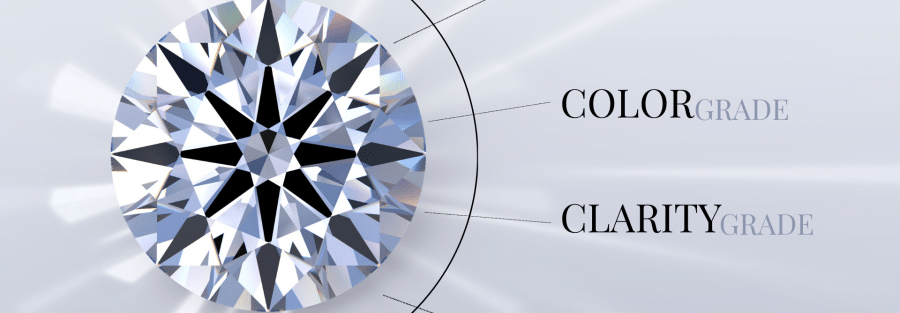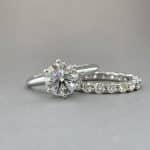If you want to buy diamonds in Houston, TX, then you will have a lot to think about. Diamonds are one of the most luxurious gemstones in the world, and nothing can quite compare to the quality and clarity that they have to offer. That being said, when buying a diamond for the first time, it’s essential to make sure that you are taking into account the four C’s. This will help you on your purchasing journey, and it will serve as a valuable resource when the time comes for you to expand your collection.
The Four C’s
- Clarity
- Cut
- Carat
- Color
Carat
Gemologists will measure the weight of a diamond in metric carats. Every carat will weigh around 0.2 grams. It can then be divided into 100 points. Each point will equate to one-hundredth of a carat. This gives gemologists the chance to measure the accurate weight of a diamond down to one hundred decimal places. If you are purchasing through a site, you may see the diamond weight in fractions of a carat, or you may see it in points if it is a tiny diamond. Just be sure that you don’t confuse the diamond carat with the size of the diamond.
Color
You should know that not many diamonds are classified as being genuinely colorless. The rest of them will come in shades of brown or yellow. When a diamond is mined, it is then sent to a lab, where the color will be graded from D, which is colorless, to Z, which means light yellow. As you can imagine, D diamonds are valued the most. A good rule of thumb, if you want a good diamond, is to buy one that is graded between D and I.
Clarity
Diamonds are made below the earth’s surface, and they will develop external blemishes and internal inclusions. Clarity refers to the position, type, and several imperfections. It starts with Loupe Clean before continuing to Pique 3. LC is classed as flawless, and P3 signifies some blemishes.
Cut
The cut of a diamond will refer to the angles and the facets that are cut into the gym to try and enhance the reflection of light. A diamond that has not been cut well will be dull or lifeless. A high-quality diamond will have angles that interact well with light. You have Brightness, which is the general reflection of white light, and you also have Fired. Fire is the scattering of the colors of the rainbow, and finally, you have Scintillation. This refers to the light and the dark patterns within the gem. The grade of cut can be split into three parameters. You have symmetry, polish, and parameters. This is then divided into quality grades, ranging from Excellent to Very Good, Good, and finally, Fair.
If you can utilize this information, you will soon find that it is easier than ever to find a diamond that suits your needs while understanding the quality it has to offer.



